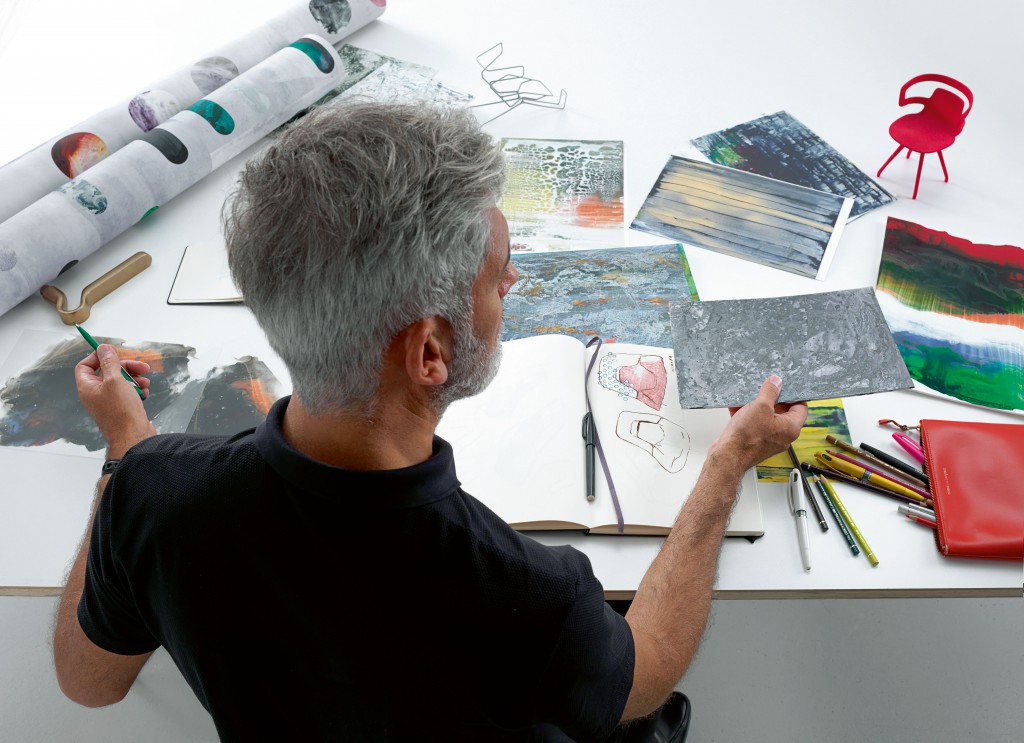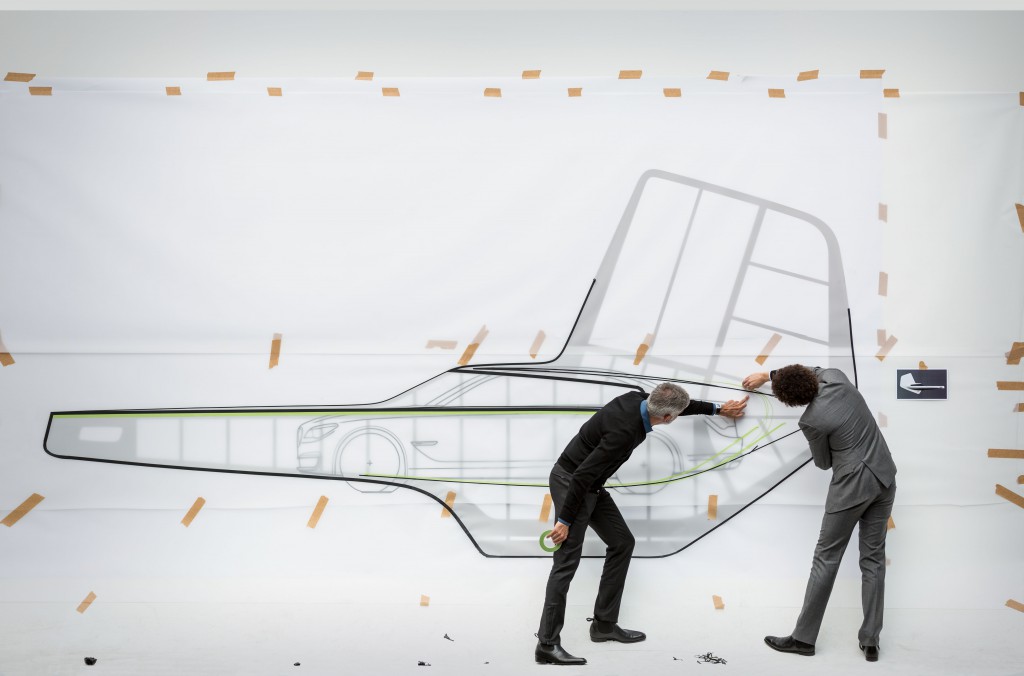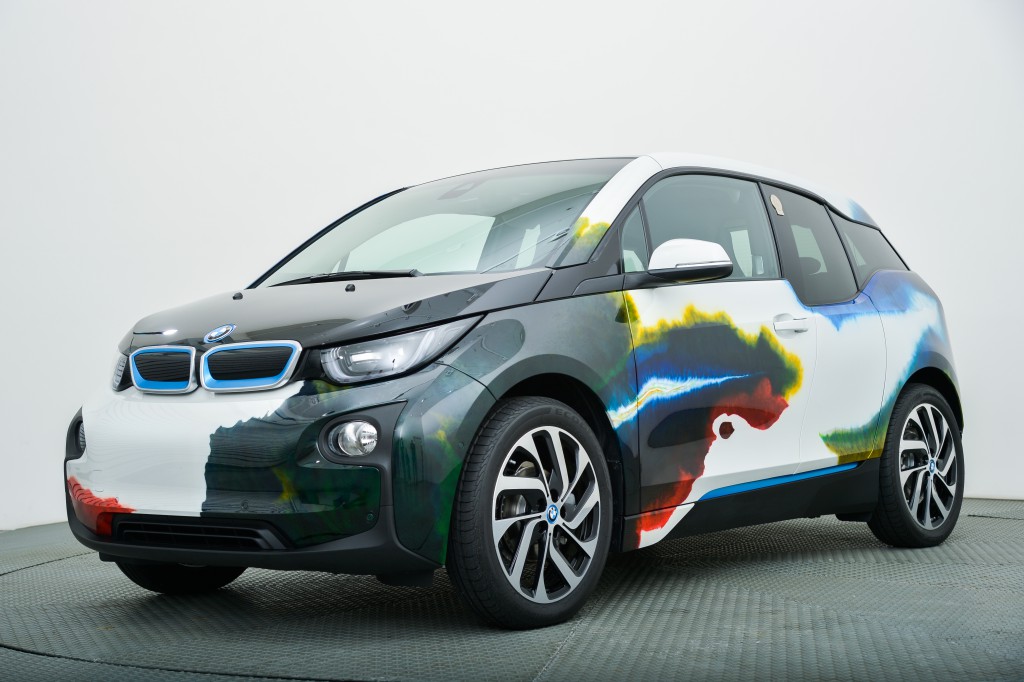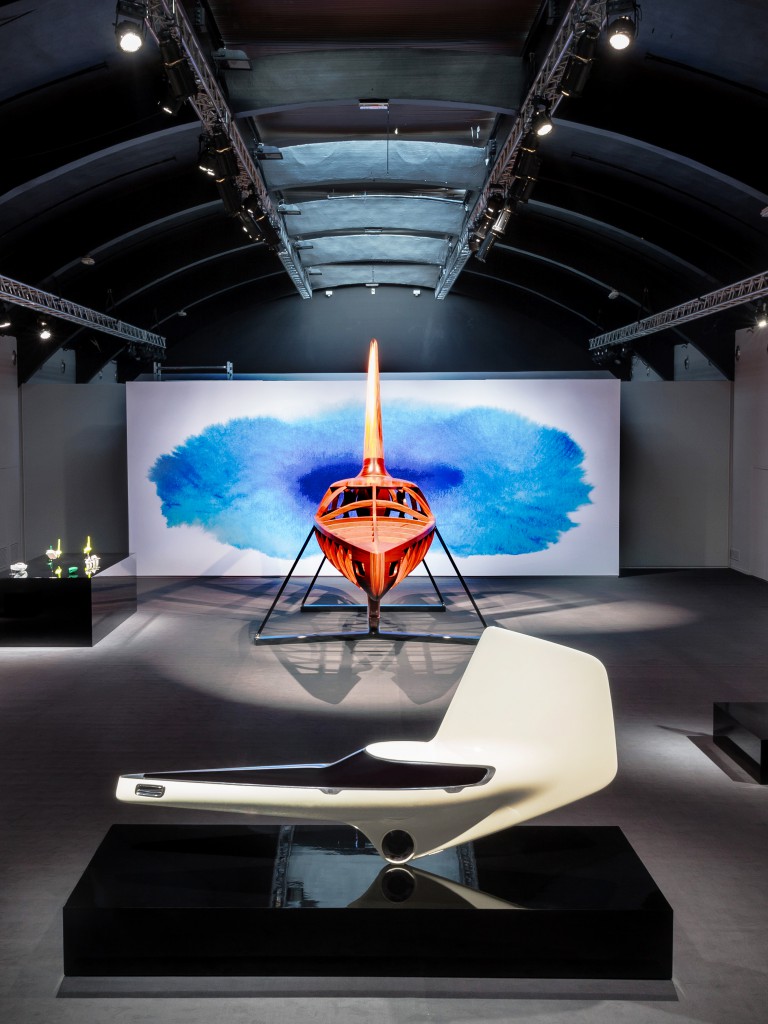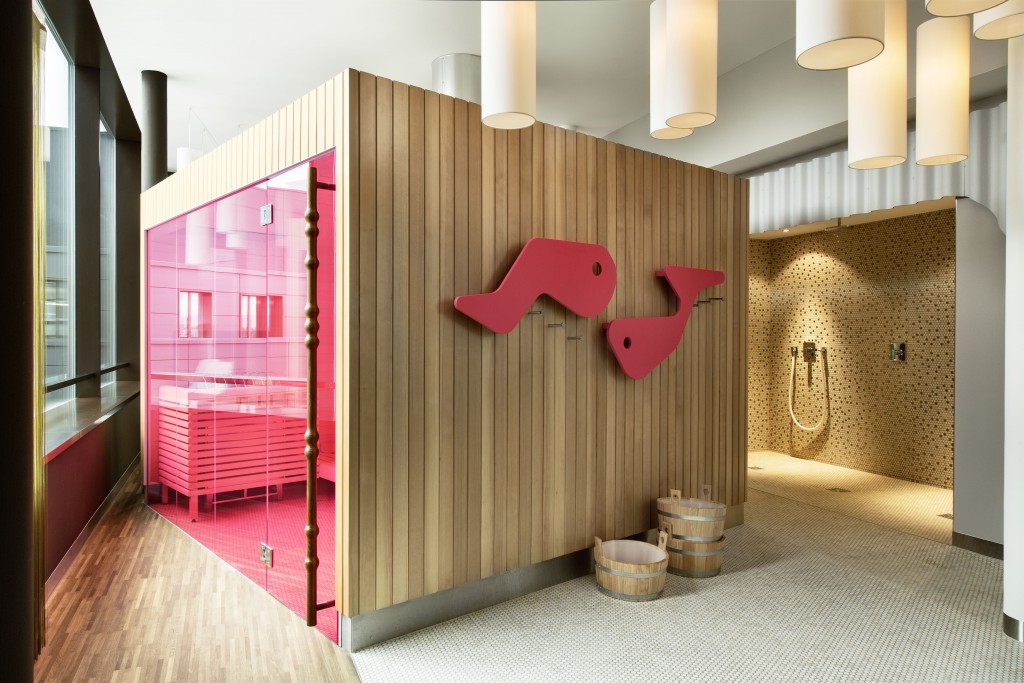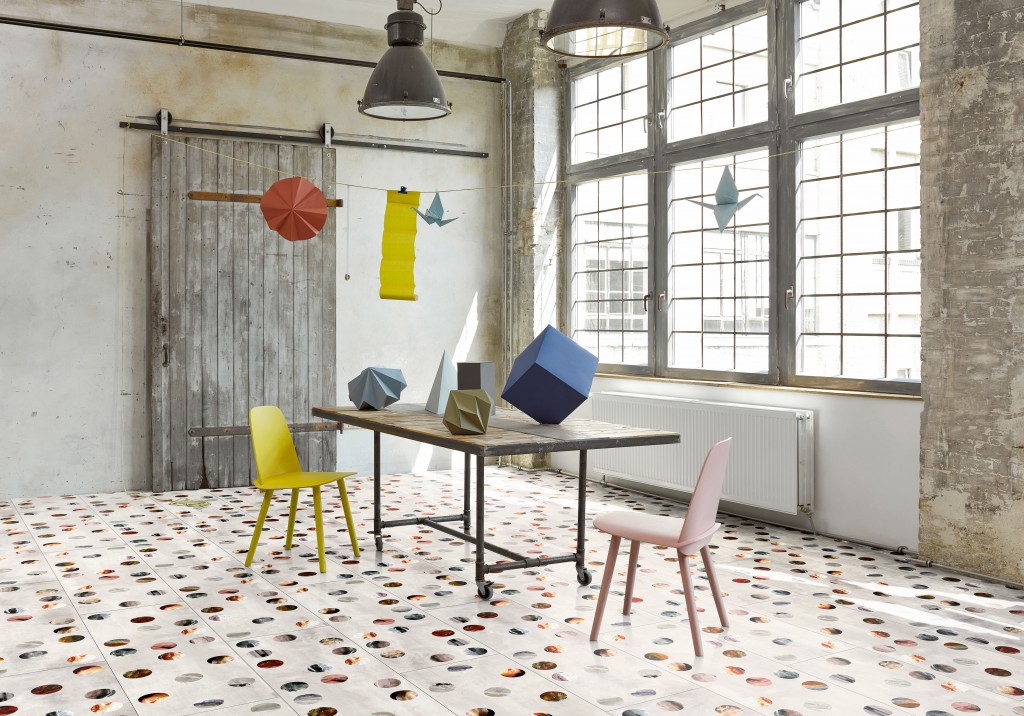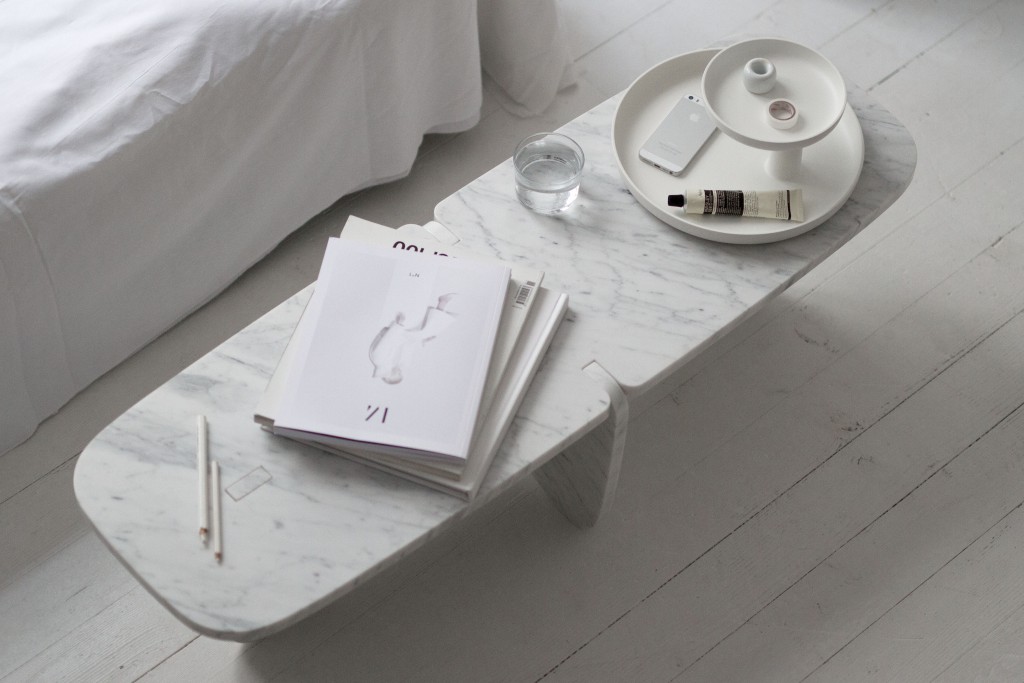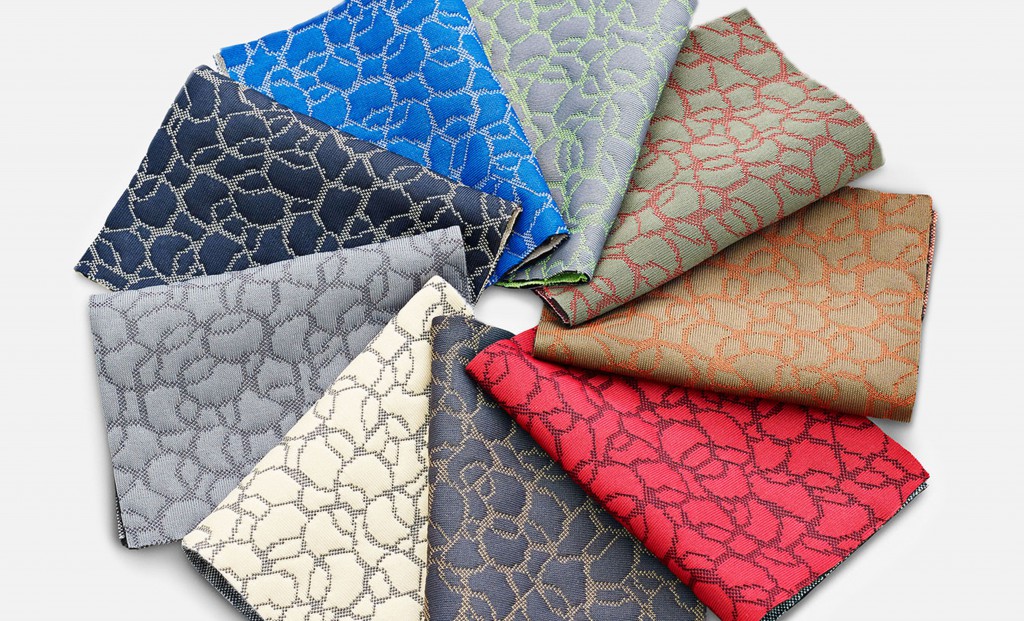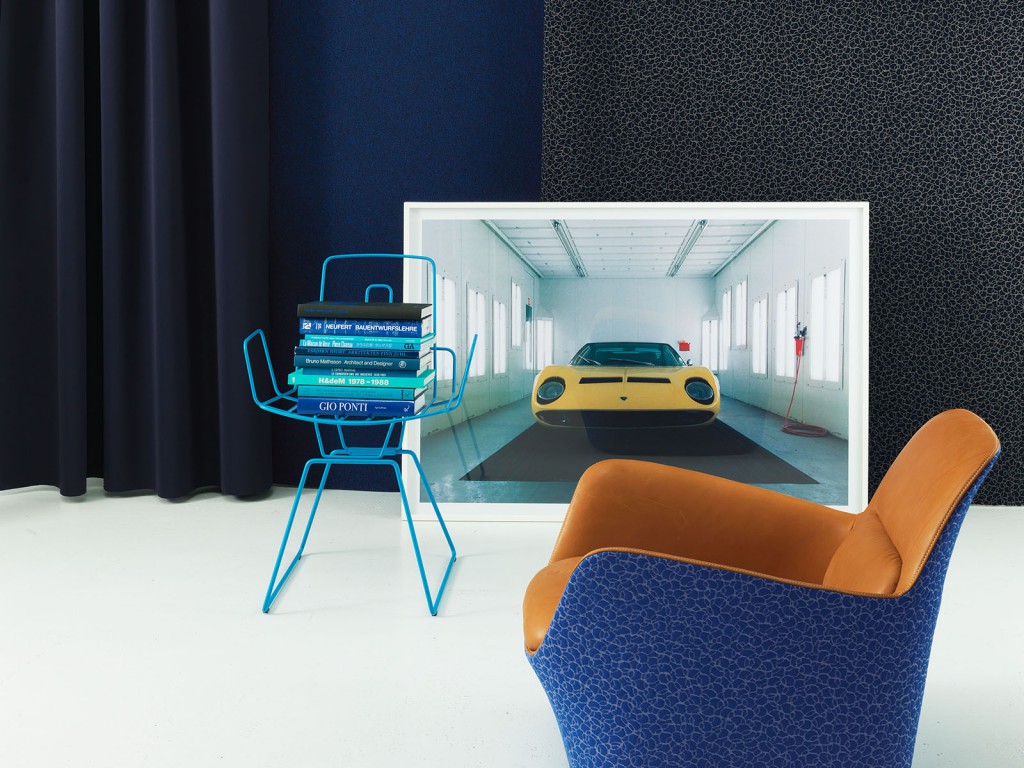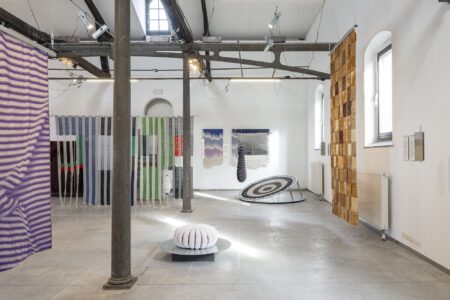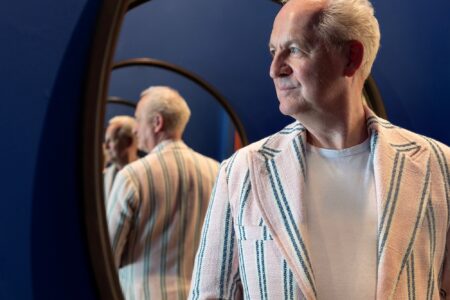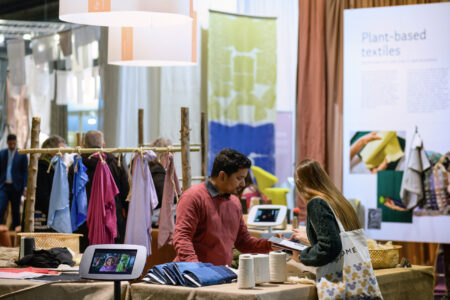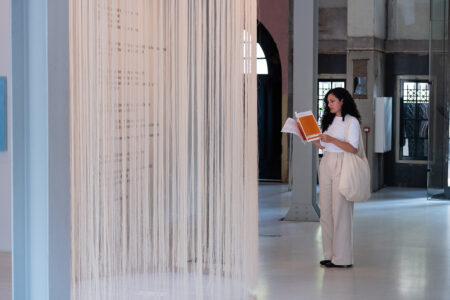Alfredo Häberli: The Spheres of Life
Close to Lake Zurich, surrounded by mountains, Alfredo Häberli and I took the scenic route as we explored his designs. We looked at a recent project completed for BMW through a specific lens: the endless loops and routes that connect us to the future. Over the course of our one-hour interview at Häberli’s studio, we talked about his design stories, interwoven with culture, engineering, art and society. When BMW gave Häberli a brief on precision and poetry, he started working on the idea of our living spheres: the absence of straight lines, reality, 3D, motion and social links.
TLmag: The presence of the Alps creates both a connection and a disconnection between Italy and Switzerland. In the Spheres book, you look at the concepts of mobility and our relationship to landscape. For you, creating is non-static and a matter of mobility. It seems like you always look at objects as though they were moving; in terms of materials, colours, textures and real life application. You put your heart, soul and expertise into all of your projects. How would you define your creative approach?
Alfredo Häberli: When I received the “precision and poetry” brief from BMW, I found that it corresponded perfectly to my freestyle handwriting that adapts to all types of designs. I could have been a cartoonist! I don’t claim or want to have a signature. I learn from each project, try to be different and discover new facets. I’ve adopted this unconstraint way of thinking in order to create different shapes. I hope that I’ve found a balance between accuracy and expression in my work. I like to be rational. That’s what I was taught during my studies in Switzerland. Then there’s the poetry, which cannot described. It took the form of a watercolour for a recent project I did for German porcelain manufacturer Fürstenberg. It took the form of origami and natural elephant shapes when I worked with De Sede’s heavy leather. It’s similar to the way you feel when you read Pablo Neruda. You don’t really understand everything but it’s a similar sensation to being in love or listening to music.
TLmag: Is it like the sfumato effect you can see in Leonardo Da Vinci’s Mona Lisa?
A.H.: Yes. I like that strange feeling. Then I use precision, which counterbalances emotion. That is not as common among Swiss designers.
TLmag: I appreciate your ability to be playful, bring poetry to life, while also creating sharp designs. You could compare your approach to children on a playground. Your relationship to other people seems to have played a key role in your life.
A.H.: Yes, it’s a part of me. I only work with five assistants and could never have 15. I like to collaborate directly with the people I create projects for, companies like Alias, De Sede and Kvadrat. There’s a need for physical connection. Somehow my Latin American roots have influenced me. That also the way that some of my Italian clients work. If I don’t go to see them, have lunch and discuss my drawings or ideas, then nothing happens.
TLmag: You quickly visualise your ideas into drawings. There seems to be an endless flow of this material.
A.H.: Yes. That clearly comes from the fact that I’ve drawn since I was a child. I like to draw fewer, more precise, lines. I’ve always looked at the voids in-between letters and looked for potential spaces on a blank page.
TLmag: So you like the tension between different private, public and common contexts.
A.H.: Yes. It’s about the balance between the letters but also the relationship between beauty and ugliness.
TLmag: You try to explore all of these facets. You don’t want to just make something beautiful but rather meaningful. You also want to explore the craft and creative potential inherent in materials like leather, paper, glass and porcelain. Do you like this versatility?
A.H.: In Zurich, my studies never pushed me to specialise. Over time and the course of multiple projects, I discovered what I enjoy. Studying ballerinas’ shoes, architecture, tiny objects or jewellery, my job has led me to work with Kvadrat fabrics and even Cerruti suits. I like to test the products myself and see what happens. With BMW, I’ve been able to use all of these skills but also have the support of a great engineering team. I wanted to create a 14-meter-long wooden, prefab, futuristic vehicle and we made it happen. A major trend, prefabrication saves you time.
TLmag: In your Spheres book, I parsed-out your affinity and relationship with the Alps. You write, “Would cities rise from a large, horizontal expanse like mountaintops rising out of a sea of joy, a familiar sight to all of us? Perhaps it’s a mountain that stands out, or an enormous forest, an island paradise, a city.” What is your connection to Lake Zurich and the surrounding mountains? Do these surroundings impact your work?
A.H.: I like getting input from the city but at the same time, I love nature. The forest, mountains and sea allow me to empty my mind. I’m always in a good mood. It has to do with nature, the lake and climate: I don’t feel the aggressive presence of other people, the way I might in Milan. I like the quality of life and have found the perfect balance in Zurich.
TLmag: When collaborating with BMW, your work is more precise than when making artwork. Do you see yourself as artist or engineer?
A.H.: I want to show that you don’t have to think one way when designing cars. I’m interested in mobility. My assistants don’t have cars. If they need one, they use car-sharing services. I’m trying to show car manufacturers that the future may be about something else: more about the art of poetry or sharing culture. It might be a car-free world of nomadic objects that will only be used for pleasure, the way that children play with toy cars. I’m a big fan of Walter de Silva and Giorgetto Giugiaro when it comes to race-car engineers and designers. They are like Achille Castiglioni, who was my master, or Bruno Munari, who also worked with a playful mindset. I like the metaphor of the car as a dwelling. In a time of intense mobility, cars should be like boats or planes; archetypes of poetic experience.
At Designmuseum, Copenhagen, Denmark, until 21 August 2016
